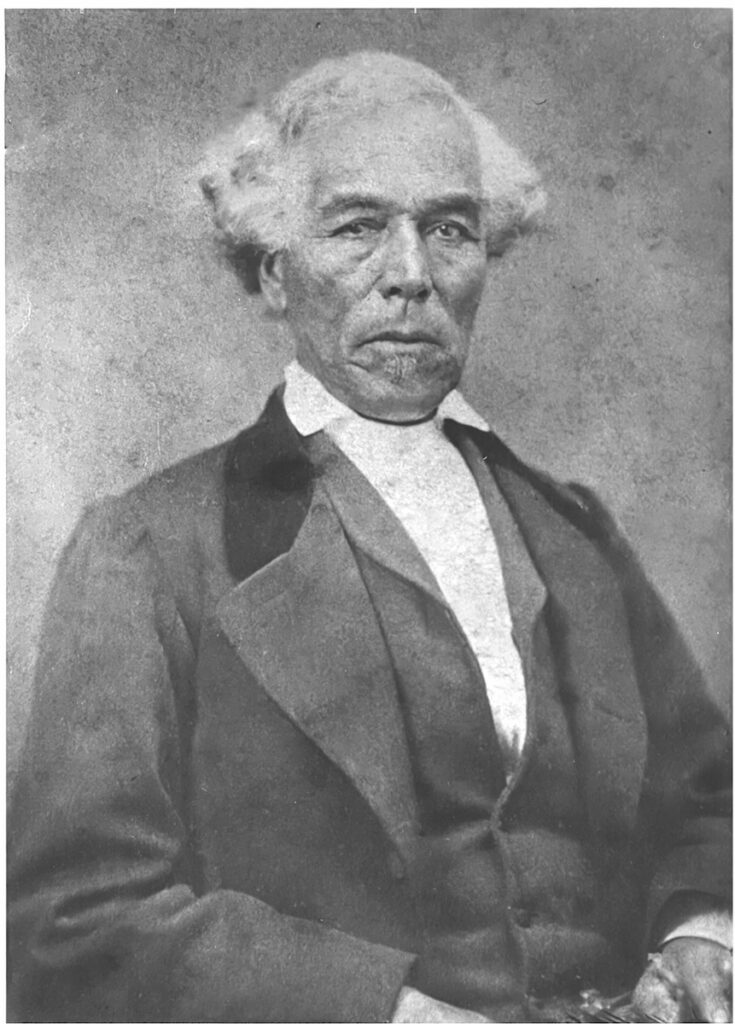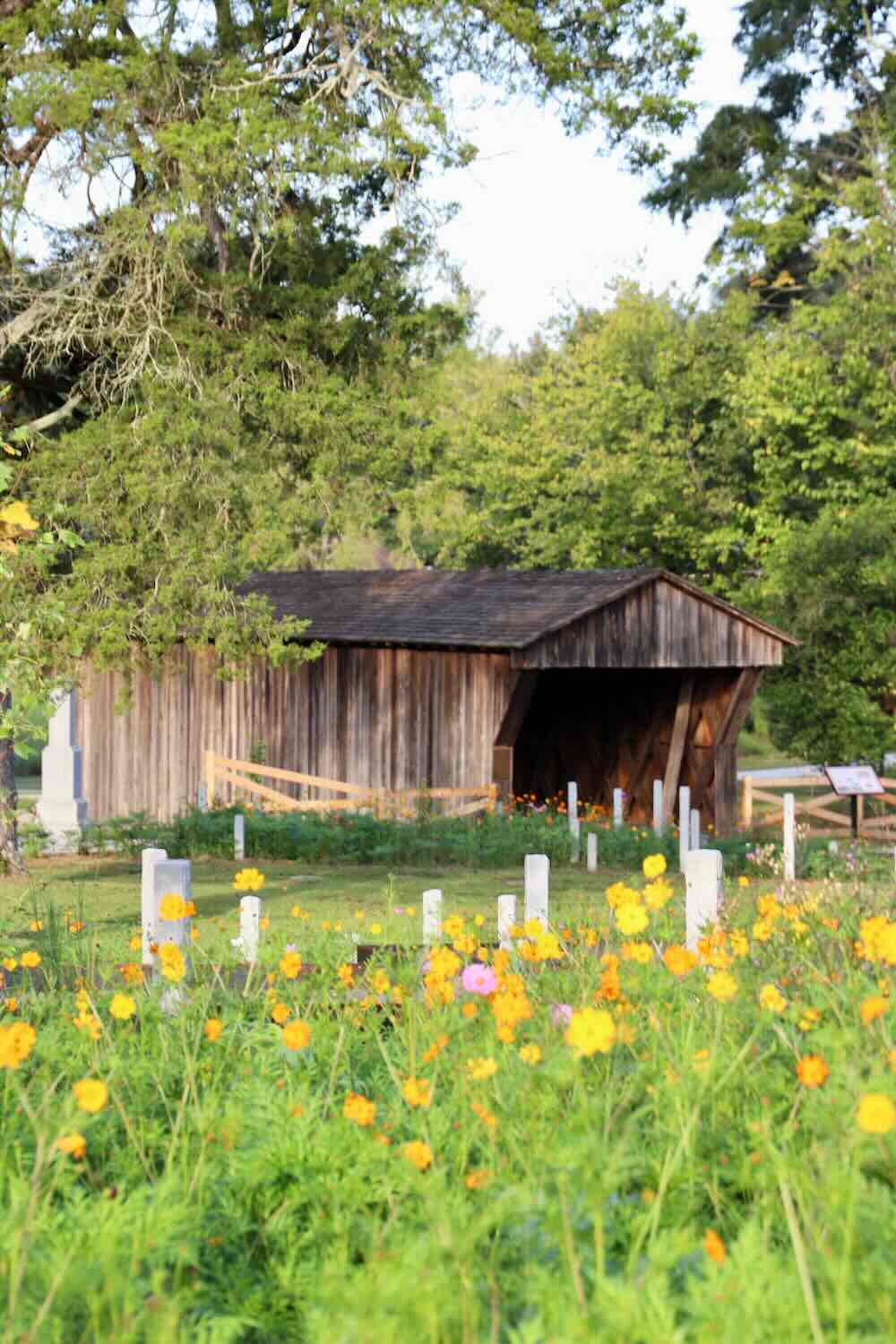Horace King

Horace King, a skilled builder and engineer, overcame the obstacles of slavery to become a renowned bridge builder and entrepreneur in the 19th-century American South. Born into slavery in 1807, King learned to read and write and was eventually purchased by contractor John Godwin. He and Godwin formed a unique partnership, building numerous bridges and courthouses together. King’s exceptional talent eventually surpassed Godwin’s, and he began working independently and supervising major construction projects. King was able to purchase his freedom in 1846, and with the help of a friend, he was granted special legislation to remain in Alabama as a free man. After buying land near Godwin’s, King later partnered with others to construct Moore’s Bridge, where his family collected tolls.
Following the Civil War, King played a key role in the reconstruction of the South, rebuilding bridges and other structures, including the Columbus City Bridge, which he rebuilt for the third time. He was also an active community leader and politician, serving as a registrar for voters and being elected to the Alabama House of Representatives in 1868. King later moved his family to LaGrange, Georgia, where he continued to build and passed his skills on to his children, who formed the King Brothers Bridge Company. His contributions to the region were widely recognized, and his death in 1885 was reported in all major Georgia newspapers. Horace King’s legacy as a brilliant engineer, respected businessman, and pioneering figure is still evident today through his lasting influence on the architecture of LaGrange and the South.

Wehadkee Creek Bridge
The covered bridge at Mulberry Street Cemetery was placed here in 2022. It was built by Horace King’s son, George King, in 1890 over Wehadkee Creek in an area that is now part of West Point Lake.
This bridge replaced a bridge built by Horace King in 1873 that was swept away by a flood in 1886. The construction is the same Town Lattice Truss method used by the Kings for most of their bridges. This section of bridge is only 60 feet long, but it was more than 110 feet when it spanned Wehadkee Creek. In the 1960s, the bridge was decommissioned and moved to Callaway Gardens in Pine Mountain, Georgia. It was a feature of the Gardens but did not serve a practical function. Today, it links Mulberry Street Cemetery to The Thread, a multi-use trail over Cary Branch. The roof and some of the siding was replaced as part of reinstallation. However, most of the wooden structure is original—a testament to the quality and durability of the construction.